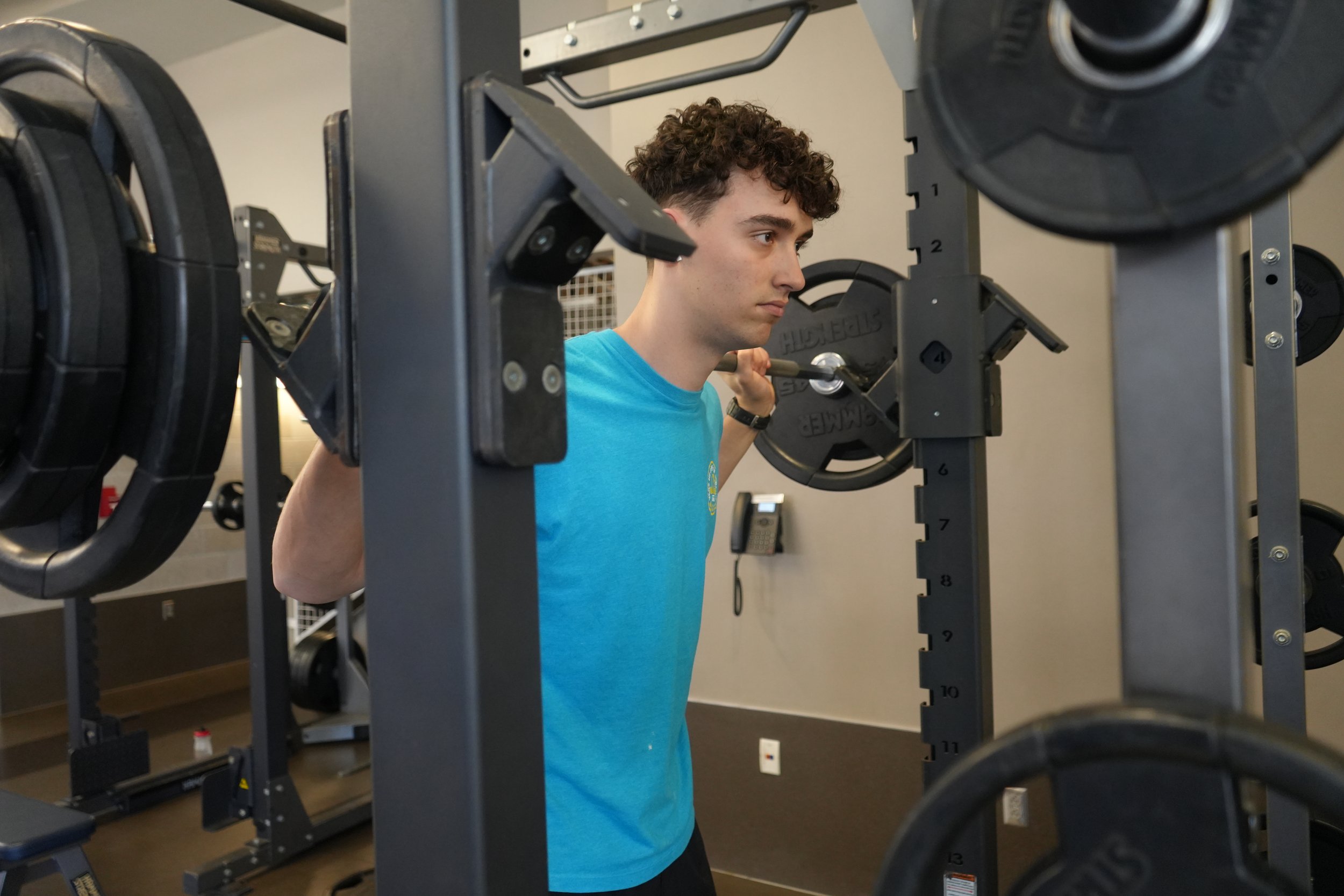How to Deadlift Without Hurting Yourself

If you work out, you probably have some fitness goals in mind.
People often want to prevent injuries, boost their strength, burn fat, and improve their posture. Wouldn’t it be awesome if there was one exercise that helped you meet them all? Well, there is. Deadlifting provides all these benefits (and more).
It’s a fantastic exercise, but if you perform it with bad technique, you can injure your back. So, before you jump in, you need to make sure you can safely and correctly perform a deadlift. We consulted with one of Auburn Campus Recreation's certified personal trainers, Blake Crank, in writing this article, so rest assured that this is a certified professional opinion.
These requirements were made by Gray Cook, one of the founders of the Functional Movement Screen. Before attempting the lift, you'll need to pass a couple quick physical tests. First, see if you can fully touch your toes without bending your knees, and then try the active straight leg movement screen (you must be able to score a 2 or get your malleolus past your knee with both knees extended and toes remaining straight). The ability to do them ensures you have the needed flexibility to properly carry out a deadlift without the risk of injury.
Although you may be flexible enough to perform the movements, bad form can still lead to injury. You want to maintain a neutral back and neck. Rounding your back or lifting your head too far up may lead to an injury in the gym or an injury lifting a heavy object outside of it.
If you are just starting out, there are a few ways to help yourself out. To increase your flexibility, try wall hip hinges. Try to touch your glutes against the wall while your heels are 3-6 inches away from the wall and your back straight as you lean forward and back up. This will help you learn to posteriorly shift your weight which is a crucial movement pattern to properly lift off the ground without putting emphasis on your low back.
Also try laying supine (on your back) and pull one leg up with a strap or band around the ankle until you feel a solid stretch. Then do the other leg. Don’t let your knee bend. You would perform this if your Active Straight Leg Screen score was below a 2.
You may find it easier early on to perform a different variation of the deadlift. In addition to the classic barbell, dumbbells or kettle balls work as viable weights for deadlifts and are easier to control going up and down. A step up from that would be a hex bar, which allows you to reach to your sides and move straight up and down. Then you can progress to the barbell deadlift.
The deadlift is an extremely beneficial exercise and (with proper form) it improves your posterior chain, glutes, and your ability to pick up objects outside the gym, while providing a full-body exercise. For more information on mastering proper form, check out this guide provided by the StrongLifts 5x5 program.
Be well, Auburn.
Photography: Jack P. and Cat S.
Bass was born and raised in Austin, Texas. He played lacrosse for 3 years at Jacksonville University in Jacksonville, Florida before transferring to Auburn. A self-described beach bum, Bass is passionate about music, the outdoors, cooking, and spending time with friends.
This is Bass’ first year at Auburn and he enjoys applying his creative side to his work at The Rec, where he Snapchats, tables and photography.
He has a great sense of humor, and he approaches each day with a smile.





